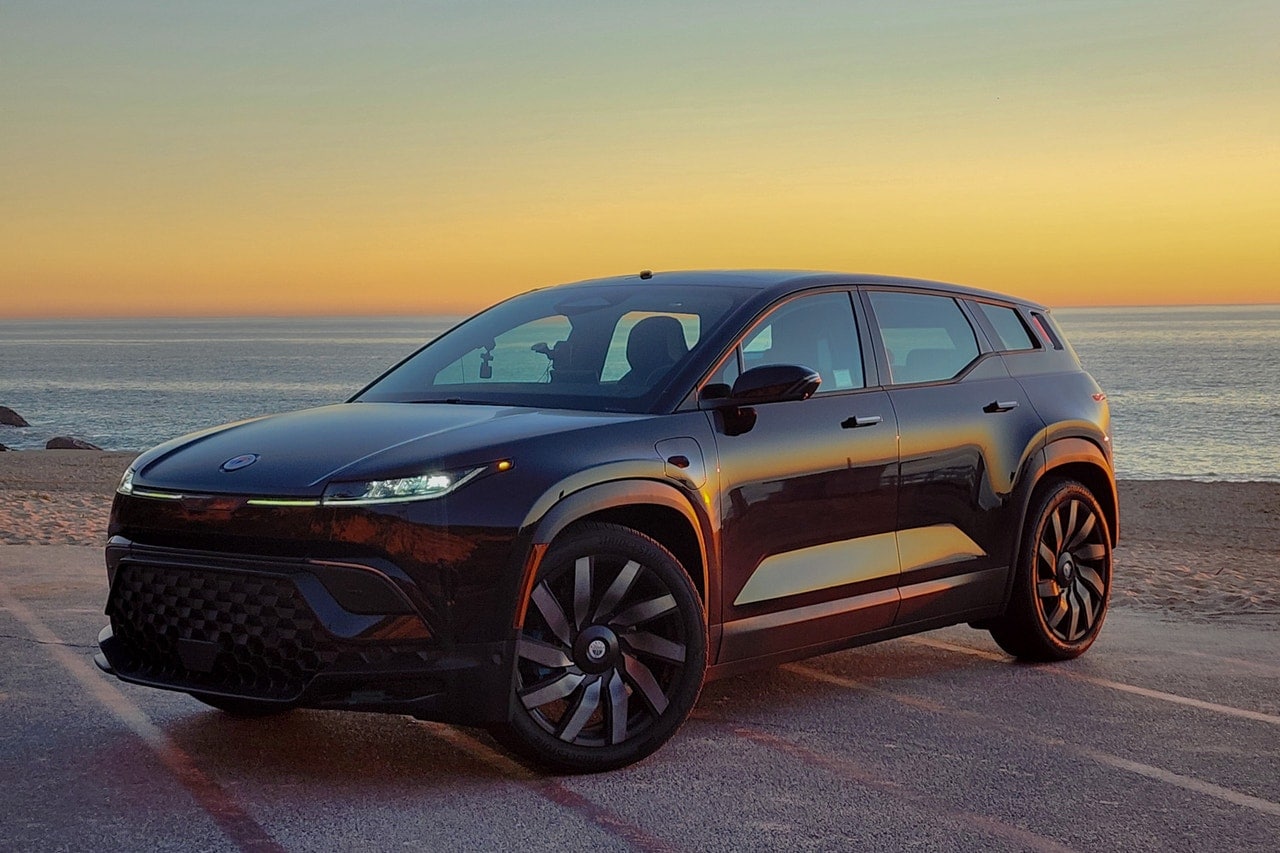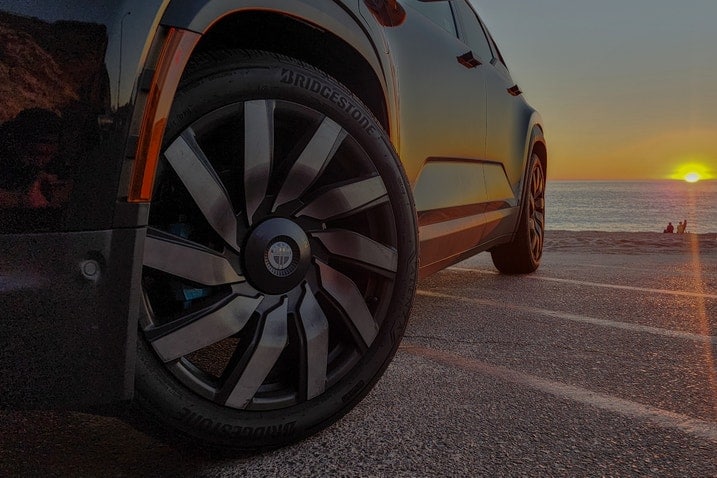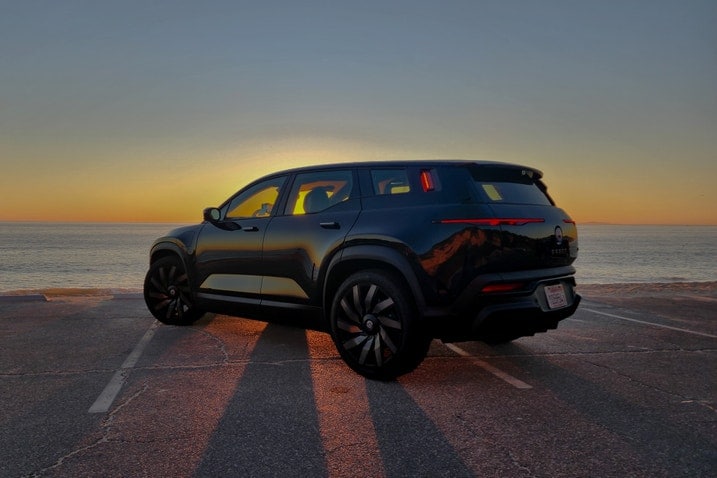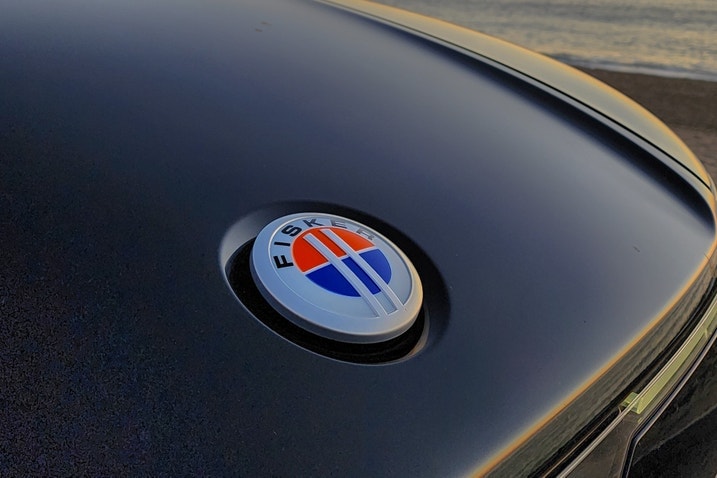- The 2023 Fisker Ocean One covered 358 miles on the Edmunds EV Range Test.
- Our test vehicle was equipped with an optional solar roof that added some extra juice along the way.
- Testing the Ocean wasn't all great, though; the climate control has trouble regulating temperature and the uncomfortable front seats don't have lumbar adjustments.
Range Tested: The Fisker Ocean Pushes Into Edmunds' Top 10
Fisker's new SUV barely misses its EPA rating; here's why we're still impressed
Fisker made a big splash (pun intended) with its first mass-market vehicle, the 2023 Ocean. It's a fully electric SUV that offers some intriguing features in an attractive package, and we recently got our hands on one for the first time to put it through the entire battery of Edmunds testing, including our renowned EV Range Test.
The vehicle we tested was a 2023 Ocean One, part of the company's first batch of 5,000 vehicles. It's equivalent to the Ocean Extreme trim level in terms of equipment, which means that it comes with the most powerful dual-motor setup that produces a maximum of 564 horsepower in boost mode, or 468 hp under regular conditions. The One and Extreme also come with Fisker's 113-kWh battery pack, giving it an EPA-estimated range of 360 miles.
Ocean exploration
Testing conditions were close to ideal when I set off in the Fisker; I recorded an ambient temperature of 72 degrees in sunny weather, as you might expect in Southern California. And the Ocean very nearly met its EPA estimate with an official Edmunds-certified range of 358 miles. That's good enough to put it in ninth place overall on our leaderboard as of this writing. It's a result that's made more impressive when you consider that the Ocean One I tested rode on the optional 22-inch wheels rather than the 20-inch wheels Fisker used for the EPA test. Larger wheels generally come with a range penalty, but that doesn't seem to be the case here.
The Ocean was driven in its most efficient Earth drive setting for the whole day, which mainly relies on the front motor for propulsion unless you really get on the throttle, at which point the rear motor kicks on for brief stints. As is mandated by Edmunds' testing, I set the Ocean's climate control to 72 degrees and placed it in its auto setting. But in the Ocean, that setting did a poor job of maintaining temperature. I had to bump up the air conditioning to keep the Fisker's interior from turning into a one-man sauna. It didn't help that the vents themselves had to be positioned via the touchscreen, so it was really hard to get any direct air on myself.
On a more positive note, the Ocean came with a solar roof; it's standard on One and Extreme models. Fisker says that, in ideal conditions, the roof will return around 1,500 miles of range per year as it trickles charge into the battery, and that the roof is running all the time — even when the vehicle is in motion. So a full day of driving in the sun probably added back a few miles of charge to the Ocean's battery, though it's impossible to know how much since Fisker hasn't yet added this metric to its infotainment software. That's supposed to arrive as part of an imminent update.
It's worth mentioning that, in our testing of over 70 EVs to date, our experiences with vehicles from startup brands like Fisker have been mixed. By and large, vehicles that are EPA-certified using the five-cycle testing method (read: Tesla, Lucid, Rivian R1S) tend to underperform versus their estimates, some by large margins. Most automakers use the simpler (and less expensive) two-cycle EPA regimen, and either meet or exceed those figures in our testing. The Fisker Ocean's EPA figures come from the five-cycle testing method, and this is one of the better results we've had with a vehicle that is certified using that methodology.
How we test
Conducting an Edmunds EV Range Test means spending a lot of time behind the wheel. I spent about 9.5 hours range-testing the Ocean — not including breaks for food and to use the restroom — before returning to Edmunds HQ.
The Edmunds EV Range Test methodology is sacrosanct around these parts. It's how we can ensure — as much as possible — that all EVs get a fair shake while emulating real-world driving conditions. Our test targets an average speed of 40 mph, with a 60%-40% split of city and highway driving along the route. EVs are tested in their most efficient drive modes, as long as they don't produce maddeningly slow acceleration, with regenerative braking set to its maximum strength. We also stay within 5 mph of the posted speed limit whenever possible. Cars start with a 100% state of charge and are brought back to headquarters with 10 miles of range or fewer.
Edmunds says
The Ocean's impressive result of 358 miles lands it in our leaderboard's top 10 (as of this writing) and puts it in fourth place among electric SUVs. It's a great result — especially since we tested an Ocean riding on wheels larger than those used in EPA testing.








 by
by